There’s something incredibly rewarding about planting a tree — especially one that will feed you for years to come. In the gardening world, few experiences compare to planting a bareroot fruit tree and watching it take root, leaf out, and eventually bear its first harvest. One of the most delightful trees to plant is the Seckel Pear, a small but mighty fruit tree known for producing one of the sweetest pears on earth.
Inspired by the video “Gardening 2021: Planting a Bare Root Seckel Pear Tree and a Couple More Seeds,” this guide will take you through everything you need to know about growing the Seckel Pear tree from a bareroot start. We’ll also touch on seed planting, soil preparation, and tips for long-term care — helping you create your own thriving mini orchard.
What Makes the Seckel Pear Special?
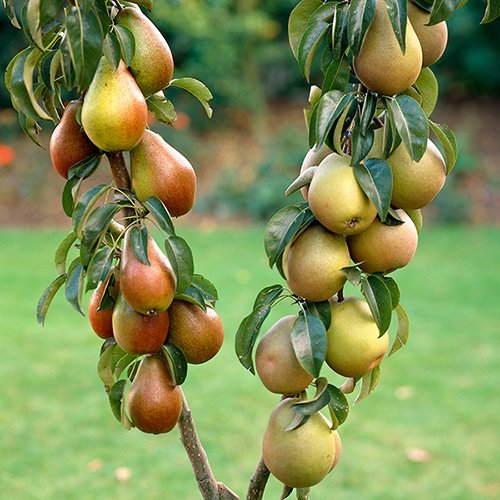
The Seckel Pear (Pyrus communis ‘Seckel’) is often affectionately called the “Sugar Pear” — and for good reason. This heirloom variety, first discovered near Philadelphia in the late 1700s, is famous for its exceptionally sweet, spicy, and honey-like flavor. It’s one of the few pears native to America and remains a cherished favorite among gardeners and fruit lovers alike.
Here’s why Seckel Pears are so adored:
- Unmatched sweetness with a crisp, firm texture
- Compact tree size (12–15 feet), perfect for small gardens
- Cold-hardy and disease-resistant
- Long storage life — fruits can last several months in cool storage
- Beautiful spring blooms that attract pollinators
The fruits themselves are petite — about the size of a plum — but don’t let that fool you. Each pear is a burst of pure sugary delight, perfect for fresh eating, preserves, or dessert recipes.
What Is a Bare Root Tree and Why Choose It?
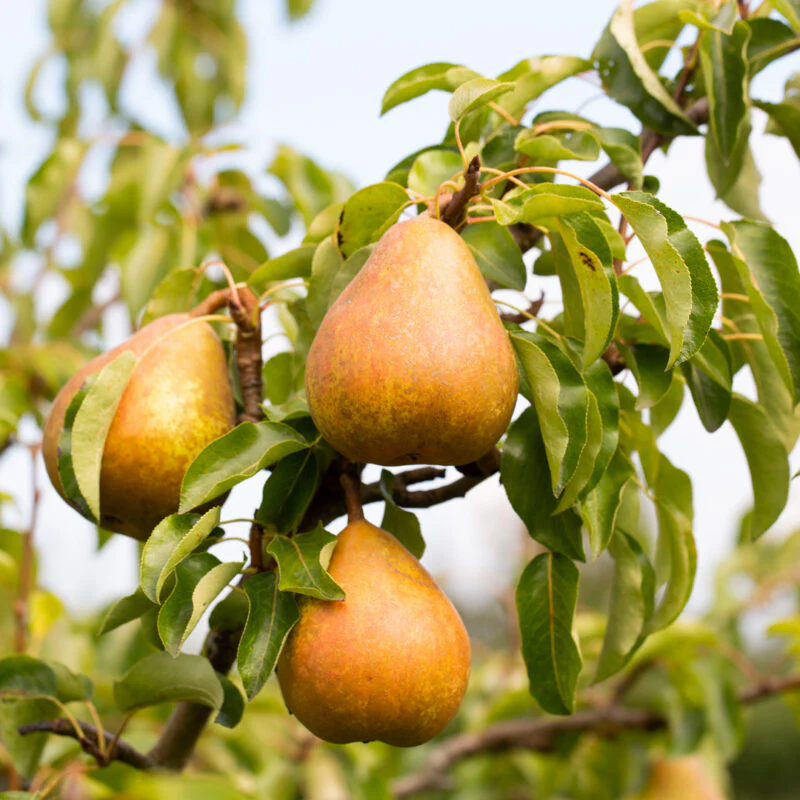
A bareroot tree is a young, dormant tree that’s shipped and sold without soil around its roots. While it might look unimpressive at first, bareroot trees have several major advantages:
- Affordability: They cost less than potted trees.
- Faster establishment: Roots grow directly into native soil with no pot shock.
- Lighter weight: Easier to handle and transport.
- Broader variety: Nurseries offer more options when bareroot season arrives.
The ideal time to plant a bareroot tree is late winter to early spring, when the tree is still dormant but the soil is workable.
Step-by-Step: How to Plant a Bare Root Seckel Pear Tree
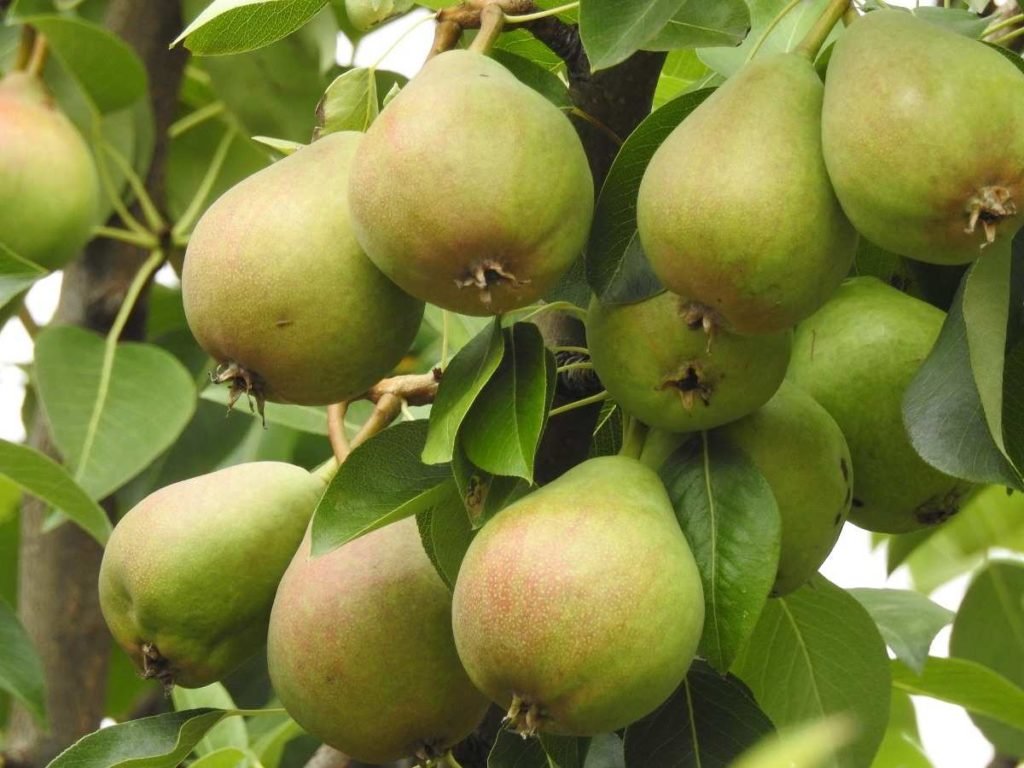
Let’s walk through the process of planting your Seckel pear the right way so it establishes strong roots and thrives for years to come.
1. Choose the Perfect Location
Pears love sunshine. Choose a spot that gets at least 6–8 hours of direct sunlight daily. The area should have well-draining soil — pears don’t tolerate soggy roots. Avoid low-lying areas where water collects after rain.
If you’re planting more than one pear tree (for cross-pollination), space them about 15–20 feet apart.
2. Check Soil and Amend if Needed
Seckel pears prefer slightly acidic to neutral soil (pH 6.0–7.0). Loosen the top 18 inches of soil and mix in compost or aged manure to improve fertility and drainage.
If your soil is heavy clay, add sand or perlite to help aeration. If it’s sandy, add organic matter to hold moisture.
3. Soak the Roots
Before planting, soak the bareroot tree in a bucket of water for 4–6 hours. This rehydrates the roots after storage and helps prevent transplant shock.
4. Dig the Planting Hole
Dig a hole wide enough to spread the roots comfortably — usually twice as wide as the root spread and deep enough to accommodate them. Create a small mound of soil in the center to support the tree.
5. Position the Tree
Place the tree on top of the mound, spreading the roots evenly in all directions. Make sure the graft union (the bump above the rootstock) sits 2 inches above the soil line to prevent rot.
Backfill with native soil, gently firming as you go to eliminate air pockets. Water thoroughly to settle the soil.
6. Mulch and Stake
Apply a 2–3 inch layer of mulch (wood chips, straw, or compost) around the base to retain moisture and suppress weeds. Keep the mulch a few inches away from the trunk to prevent rot.
If the area is windy or the tree is tall, use a stake for support during the first growing season.
Watering and Feeding Your Seckel Pear Tree
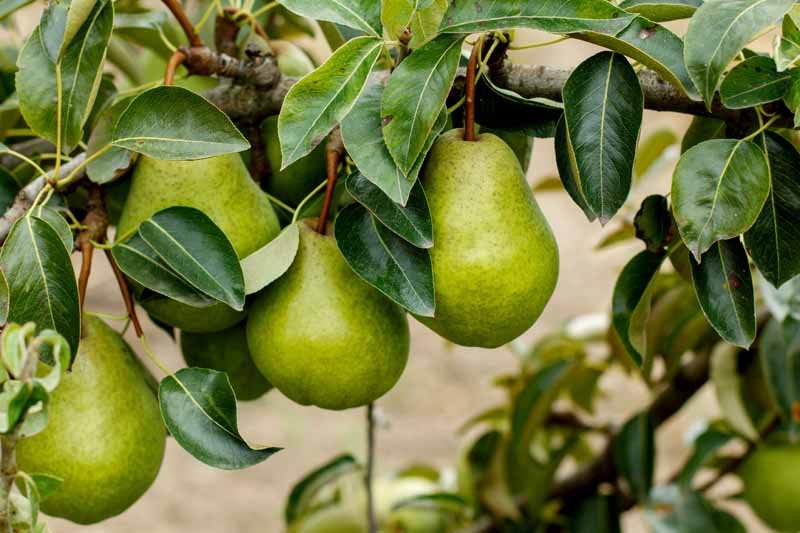
Watering
In the first year, keep the soil consistently moist — not soggy, but never completely dry. Deep watering once or twice a week encourages strong root growth.
Mature trees are drought-tolerant but benefit from consistent moisture during flowering and fruiting.
Feeding
Feed your Seckel pear in early spring with an organic fertilizer (such as compost or a balanced 10-10-10 formula). Avoid excessive nitrogen, which encourages leaf growth at the expense of fruit.
Top-dress annually with compost or aged manure to maintain soil fertility.
Pollination and Fruit Production
One of the great things about the Seckel Pear is that it’s partially self-fertile, meaning it can produce some fruit on its own. However, for heavier harvests, plant it near another European pear variety such as:
- Bartlett (Williams)
- Bosc
- Anjou
Cross-pollination improves both yield and fruit size. Bees and other pollinators will happily do the work for you.
Pruning and Training Your Seckel Pear Tree
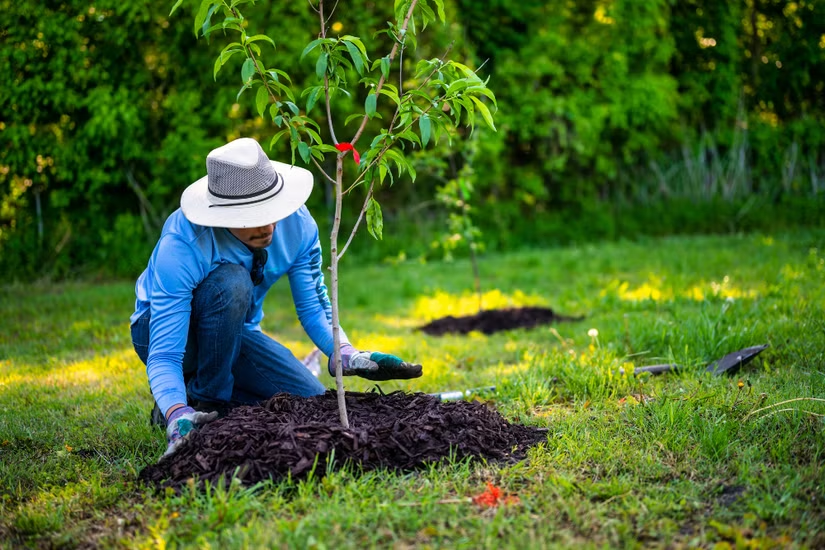
Pruning is crucial for shaping the tree, improving airflow, and promoting strong fruiting branches.
When to Prune
- Late winter or early spring: Before new growth starts, prune for shape and structure.
- Summer: Light pruning can help control excessive growth and redirect energy into fruit development.
How to Prune
- Remove dead, damaged, or crossing branches.
- Keep an open center for sunlight penetration.
- Shorten overly long shoots to maintain balance.
Aim for a strong central leader or open vase shape depending on your garden style.
Starting “A Couple More Seeds” — Companion Planting and Diversity
In the video, the gardener also plants a few other seeds alongside the pear tree — a practice that’s both practical and ecologically beneficial. Companion planting around fruit trees can help attract pollinators, deter pests, and improve soil health.
Here are some excellent companions for your Seckel pear:
- Comfrey: Adds potassium to the soil and acts as living mulch.
- Chives or garlic: Repel aphids and borers.
- Clover or vetch: Fix nitrogen naturally.
- Calendula and alyssum: Attract beneficial insects like ladybugs.
When starting seeds near your new pear tree, just be sure they won’t compete too heavily for water and nutrients. Shallow-rooted herbs and flowers work best.
Organic Pest and Disease Management
The Seckel pear is naturally resistant to many common pear diseases, including fire blight, which makes it a great choice for organic gardeners. Still, occasional pests or fungal issues can occur.
Common Problems and Organic Solutions
- Aphids: Spray neem oil or insecticidal soap; encourage ladybugs.
- Pear psylla: Wash leaves with water jets and apply horticultural oil.
- Codling moths: Use pheromone traps or cover young fruit with mesh bags.
- Fungal leaf spots: Ensure good airflow through pruning and avoid overhead watering.
Keep the ground clean by raking up fallen leaves and fruit, which can harbor disease.
The Joy of Watching Your Seckel Pear Grow
There’s something special about nurturing a tree from bareroot form. In the first year, you’ll see tender shoots and new leaves emerging — a sign your pear is settling in. By the third or fourth year, you can expect your first small harvest of golden-green, red-blushed Seckel pears.
When fully ripe, Seckel pears have:
- Smooth, yellow-green skin with a hint of russet and blush
- Dense, sweet flesh with rich, spicy undertones
- A honey-like aroma that fills your garden or kitchen
Harvest pears slightly firm, as they ripen off the tree. Store them in a cool, dark place or refrigerate for several weeks.
Benefits of Growing Your Own Seckel Pear Tree
Growing a Seckel pear tree is about more than just fruit — it’s about sustainability, beauty, and connection to nature. Here’s why every home gardener should consider one:
- Compact and manageable — ideal for small gardens or even large containers.
- Eco-friendly — supports pollinators and reduces reliance on store-bought fruit.
- High yields — a single mature tree can produce dozens of sweet pears.
- Low maintenance — less prone to diseases and pests than other varieties.
- Longevity — a well-cared-for tree can live and bear fruit for decades.
Final Thoughts: Growing Sweet Success
Planting a bareroot Seckel pear tree is a small act that yields a lifetime of sweetness. Whether you’re growing it in a backyard orchard, an urban garden, or alongside other seeds and companions, this tree will reward your care with beautiful blossoms in spring and honeyed fruits in autumn.
The key to success lies in the basics — choosing the right spot, enriching the soil, providing steady care, and letting nature work its quiet magic. The Seckel pear’s resilience and flavor make it one of the most rewarding trees any gardener can grow.
As you watch your young pear tree take root and grow stronger each season, you’ll be reminded that gardening is as much about patience as it is about harvest. And when those first tiny, golden pears appear, you’ll know that every shovel of compost, every drop of water, and every moment spent nurturing your tree was worth it.
Because in the end, few things taste as sweet as fruit you’ve grown yourself — especially when it’s a Seckel Pear, America’s little “Sugar Pear” with a big heart.
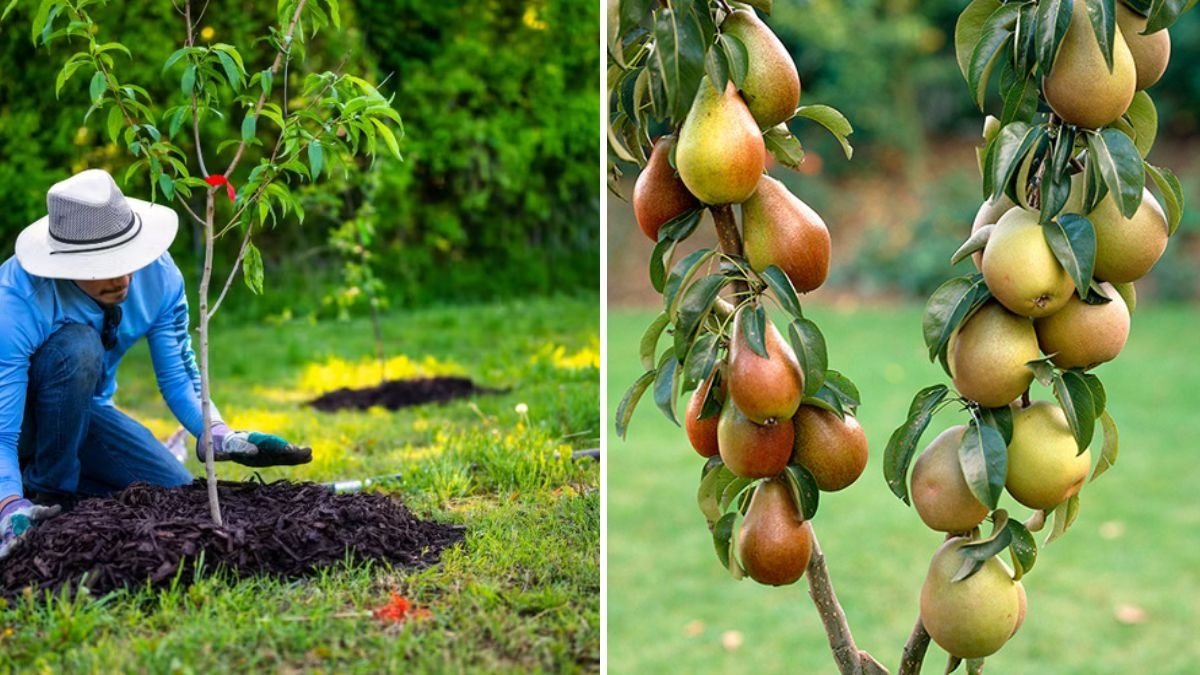
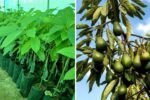
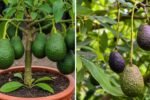
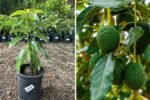
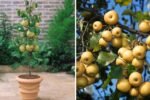
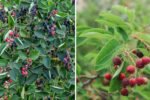
Leave A Comment